Informative article with valuable suggestions, James. Thanks for sharing!
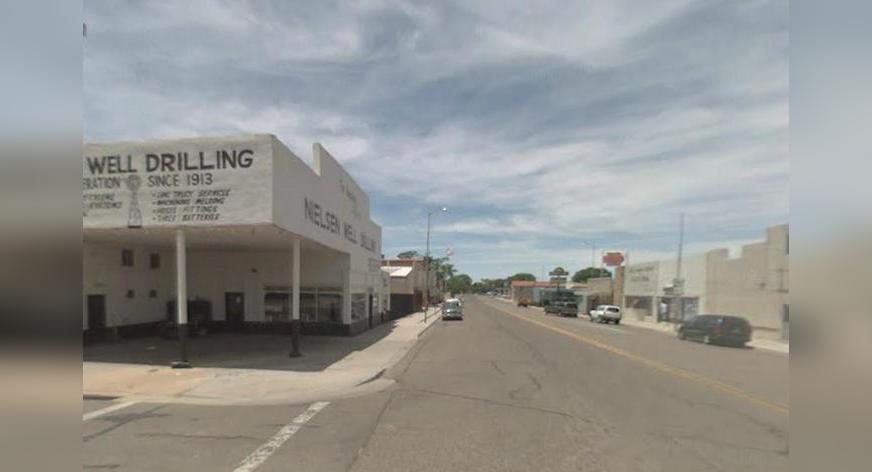

This is a guest post by James L. Tanner*
Nothing can do more to make your family history come alive than finding old family photographs and you might be surprised at where those photographs can be found.
Photographs of individuals and families became popular in the mid-1800s and since that time it is estimated that as many as 3.5 trillion photos have been taken. Obviously, only a very, very few of these trillions of photos are even vaguely interesting to you as a genealogist or family historian, but there are enough photos out there that you may wish to make an effort to see if any photos of your ancestral family members or the places they lived may have escaped your notice.
Photos of individuals and families are not the only type of photos that may be valuable to reconstructing your family history. Sometimes a contemporary photo of the town where your family lived adds information about the area you cannot obtain otherwise. The photo at the beginning of this post, was taken in the 1920s in a small town in Arizona where most of my ancestors lived at one time or another. The newer photo below shows approximately the same view as it appears today.
 Surprisingly, some of the buildings shown in this photo are still standing today. If you want to find out what the place looks like today, you can use Google Maps Street View to get a look at the contemporary view. Photographs give you a way to travel back through time and see what you ancestors saw at the time they lived.
Surprisingly, some of the buildings shown in this photo are still standing today. If you want to find out what the place looks like today, you can use Google Maps Street View to get a look at the contemporary view. Photographs give you a way to travel back through time and see what you ancestors saw at the time they lived.
One of the first things you can do to find photos is ask your immediate family members and then extend your inquiry to more distant relatives. In one case our family put a request out on a general blog post asking for photos and two years later, we received an answer with literally hundreds of photos of our family that we did not know existed. It is entirely possible that a distant relative has boxes of photos that they do not want and would be glad to give to you. It may be that a completely unrelated person, who had relatives living in the same area as your family, may have photos of your family members and not even know it.
It is also possible that one or more photos of your ancestors have made it into the huge collections of photos online. It is not at all unusual for people to post photos online with the hope that someone will identify the image. If you begin to look online, remember to look for photos geographically and by time frame as well as by subject. You might also look for photos by school name or by other organizations. Your relative may have been a member of a union or other organization had his or her photo taken with other organization members. The more you know about your ancestor’s activities and employment, the more likely it will be that you will find photographs.
One advantage of the huge online databases of family history information, like MyHeritage.com and Ancestry.com’s Family Trees, is that people can connect with their distant and sometimes, unknown, relatives. I personally have found a number of photos of family members attached to distant relative’s online family trees that I did not know existed.
In addition, to the genealogically related websites, there are hundreds of websites with huge collections of photographs. You can start your search by using Google Images which has a way to search by image. If you upload an image to Google images, Google will search for matching or near matching images online. From there, the task may become more difficult, you will have to search individual online databases for photos.
The University of Delaware Library has collected a very extensive list of online photographic websites, some with collections into the millions of photos. Here is the link to the list.
 Even if you find a photograph, identifying the people in an old photo can be a challenge. Fortunately, there are a lot of resources available online to help with the identification process. You may wish to start with the blog by Maureen Taylor, Her blog has a lot of helpful suggestions as well as links to other valuable websites. If you do a Google search for “identifying old photographs” you will find a wealth of information online.
Even if you find a photograph, identifying the people in an old photo can be a challenge. Fortunately, there are a lot of resources available online to help with the identification process. You may wish to start with the blog by Maureen Taylor, Her blog has a lot of helpful suggestions as well as links to other valuable websites. If you do a Google search for “identifying old photographs” you will find a wealth of information online.
Don’t give up. Always take the opportunity to ask if there are any old photographs around. If you travel to a location where your ancestors lived be sure to take your own photos but also inquire locally from newspapers, museums and other businesses and possible repositories about any old photographs that might be available.
James L. Tanner has a B.A. Degree in Spanish, an M.A. Degree in Linguistics from the University of Utah and a J.D. Degree in Law from Arizona State University. He has 37 years experience as a trial attorney in Arizona. He also has over 30 years experience in genealogical research and is the author of The Guide to FamilySearch Online. He is an avid Blogger and his genealogy blog, Genealogy’s Star http://genealogysstar.blogspot.com is one of the top genealogy blogs. He has been a presenter at a number of Expos and Conferences. He is the former owner of a retail computer business and an Apple Macintosh software company.


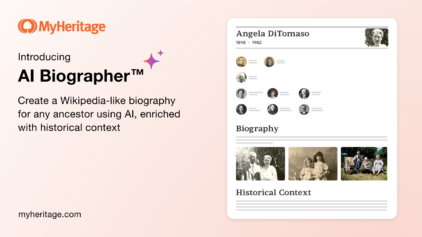
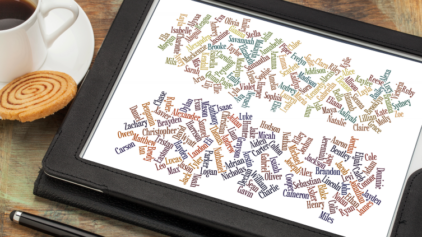
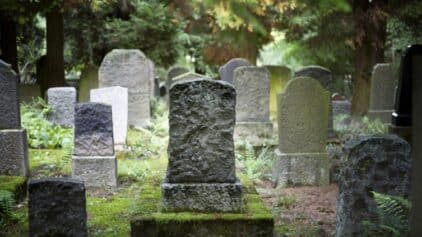
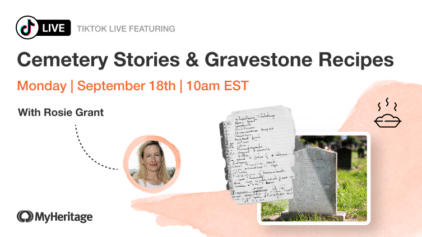



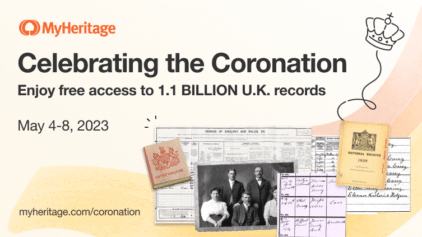

Sharon Barry-Taylor
March 1, 2012
So excited to have found you ! I have appointed myself the family historian recently. So to have this kind of help is invaluable to me !
Sharon X